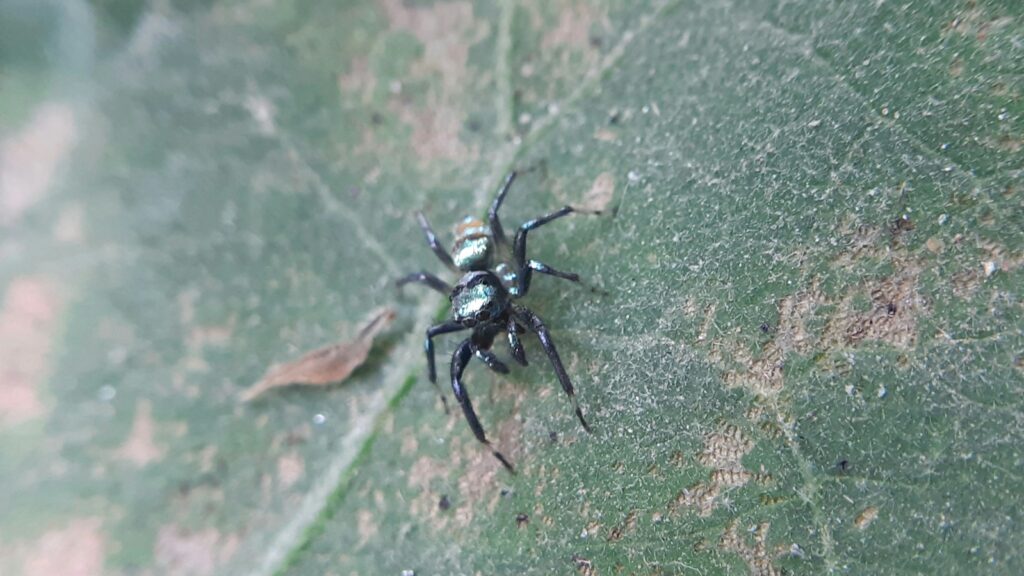
In the vast realm of arachnids, certain species possess venom capable of triggering catastrophic effects on human tissue. Among these effects, flesh necrosis—the death and decay of skin and surrounding tissues—stands as one of the most alarming and medically significant consequences. While spider bites are common and most are harmless, a select few species can deliver venom that initiates complex biochemical reactions leading to tissue destruction. This article explores the fascinating yet disturbing phenomenon of how a single puncture from spider fangs can potentially lead to extensive tissue death, the mechanisms behind it, and what medical science understands about treating and preventing these dangerous outcomes.
Understanding Necrotic Arachnidism
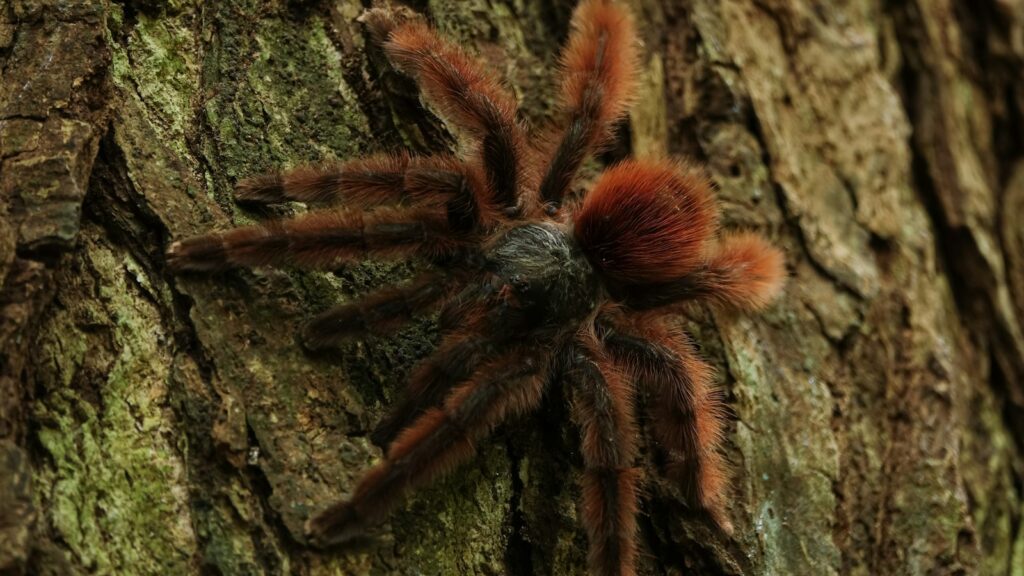
Necrotic arachnidism refers specifically to tissue death resulting from spider venom. Not all venomous spiders cause necrosis, as venom compositions vary dramatically across spider species. The condition develops when certain enzymes and proteins in the venom break down cell membranes and disrupt blood vessels, leading to localized tissue death. The severity ranges from small, self-healing lesions to extensive tissue damage requiring surgical intervention. What makes this phenomenon particularly concerning is that symptoms often develop gradually, with victims sometimes unaware of the bite’s significance until substantial damage has occurred.
Primary Culprits: Spiders Known for Necrotic Bites
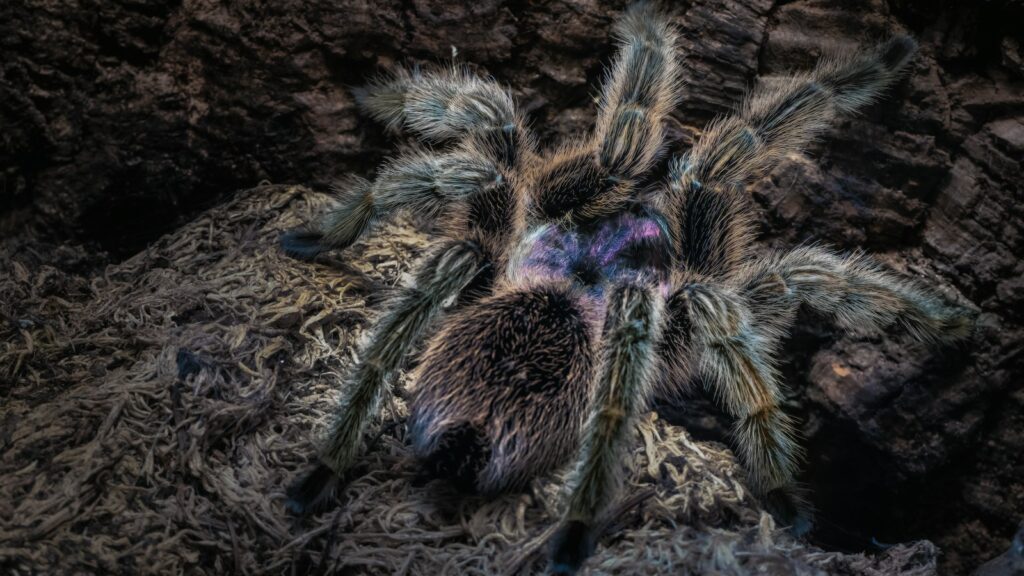
Several spider species worldwide have earned notorious reputations for causing necrotic lesions. The brown recluse (Loxosceles reclusa) of North America is perhaps the most well-known, identified by its distinctive violin-shaped marking. Other members of the Loxosceles genus, including the Chilean recluse and Mediterranean recluse, possess similar tissue-destroying capabilities. Some evidence suggests certain species of wolf spiders, yellow sac spiders, and hobo spiders may cause milder necrotic reactions, though scientific consensus varies. The Brazilian wandering spider and black widow, while dangerous, typically cause neurotoxic rather than necrotic symptoms, highlighting the specialized nature of venom evolution.
The Biochemistry of Flesh-Destroying Venom
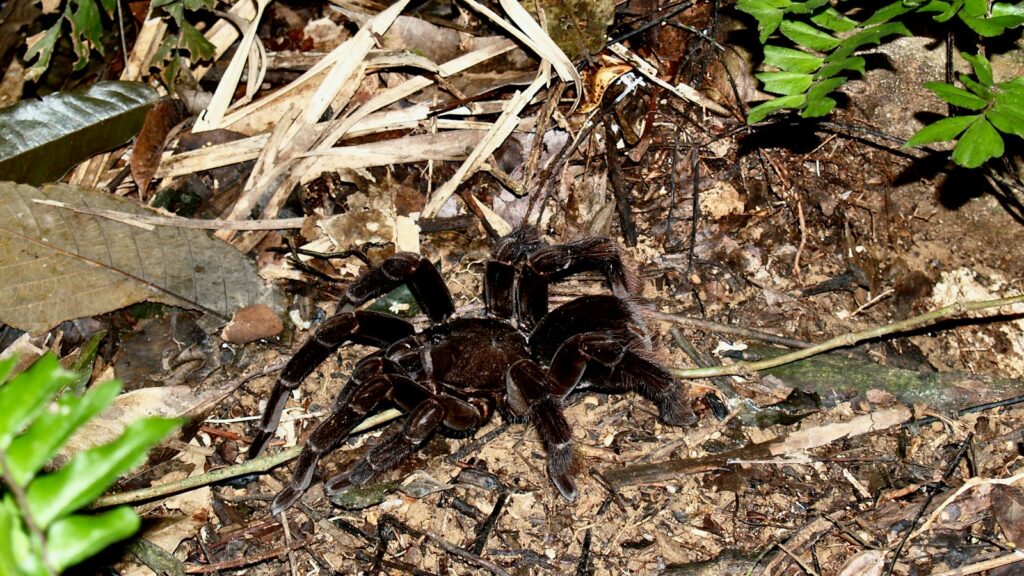
The primary component responsible for tissue necrosis in brown recluse venom is sphingomyelinase D, an enzyme that attacks cell membranes and causes blood vessels to constrict and collapse. This enzyme triggers a cascade of inflammatory responses that can continue long after the initial bite. Additionally, the venom contains hyaluronidase, aptly nicknamed the “spreading factor,” which breaks down connective tissues and allows the venom to diffuse more widely. Other components include proteases that digest proteins in skin and muscle tissue, and phospholipases that further damage cell structures. This complex biochemical cocktail explains why the tissue damage can spread far beyond the bite site itself.
The Progression of a Necrotic Spider Bite
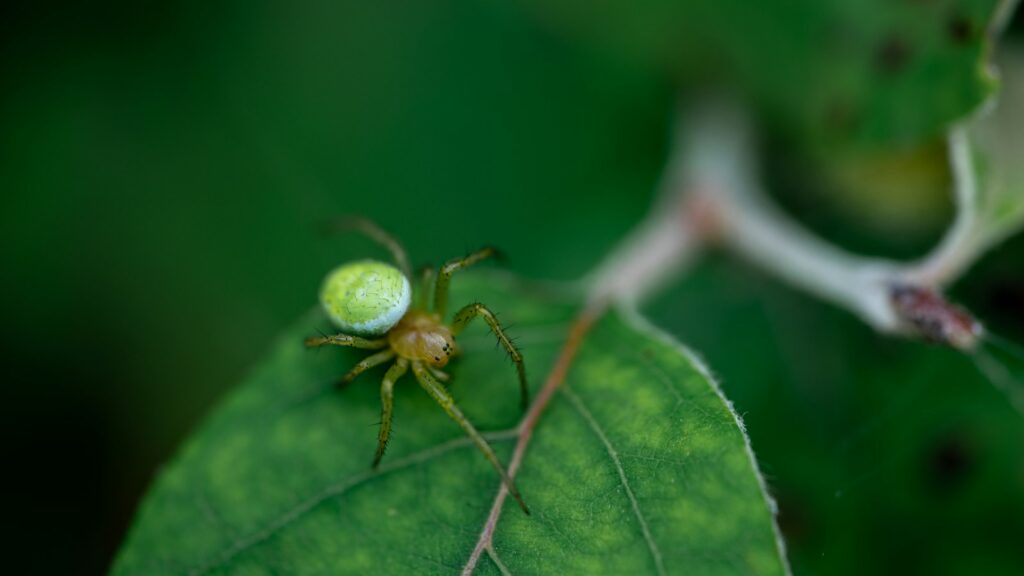
A necrotic spider bite typically follows a distinct progression, beginning with mild pain or stinging sensation that might go unnoticed. Within 2-8 hours, the area often becomes red, swollen, and develops a characteristic “bull’s-eye” appearance with a pale center surrounded by a red ring. By 24-48 hours, blistering may occur, and the central area begins to darken as tissue death begins. Within 3-7 days, the central necrotic zone becomes more defined, forming a blackened eschar (scab) as the dying tissue separates from healthy tissue. In severe cases, this progression continues for weeks, with the necrotic area expanding and deepening, potentially affecting underlying muscle and even bone tissue in extreme cases.
Risk Factors for Severe Necrosis
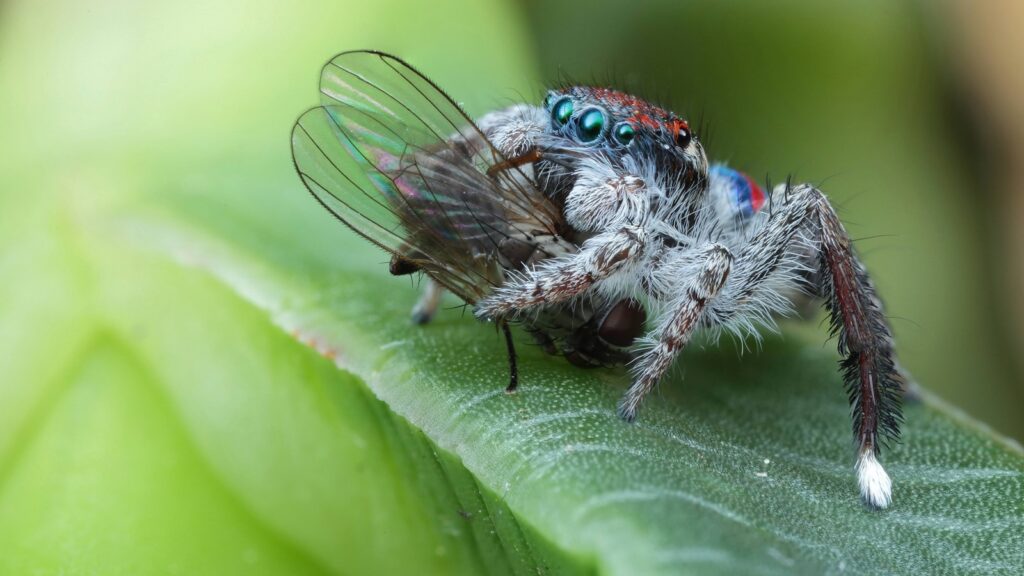
Several factors influence the severity of tissue damage following a venomous spider bite. Individual sensitivity varies significantly, with some people experiencing minimal reactions while others develop extensive necrosis from similar exposures. The victim’s age plays a crucial role, with children and elderly individuals typically experiencing more severe outcomes. Pre-existing conditions like diabetes, vascular disease, or immune disorders can dramatically worsen tissue damage and impair healing. The location of the bite matters substantially; areas with less tissue between skin and bone, such as fingers or ankles, often develop more severe necrosis. Finally, the amount of venom injected—which depends on the spider’s size, whether it’s been feeding recently, and how long it remained attached—significantly impacts the eventual extent of tissue destruction.
The Role of Misdiagnosis in Complicated Cases
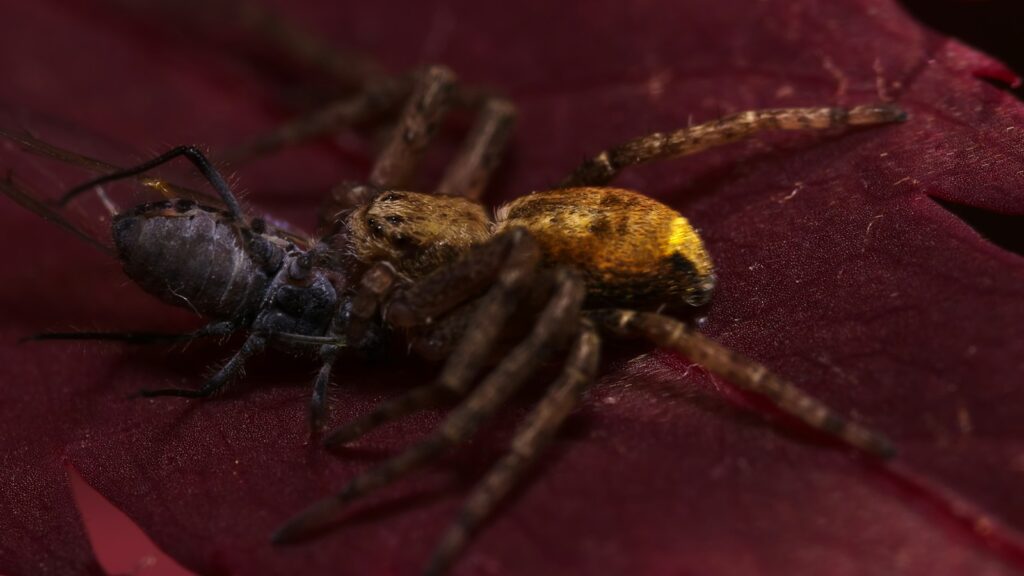
Misdiagnosis remains a persistent challenge in treating necrotic spider bites, often leading to delayed or inappropriate treatment. Many conditions mimic the appearance of spider-induced necrosis, including bacterial infections like methicillin-resistant Staphylococcus aureus (MRSA), fungal infections, vascular disorders, and even certain cancers. Studies have shown that the majority of “spider bites” diagnosed by non-specialists turn out to be other conditions upon expert evaluation. This widespread misattribution creates difficulties for researchers studying true incidence rates and treatment outcomes. Proper diagnosis typically requires a combination of detailed history (including confirmed spider sighting), characteristic wound progression, and sometimes laboratory testing to rule out infectious causes.
Systemic Complications Beyond Local Tissue Death

While tissue necrosis represents the most visible consequence of certain spider bites, systemic complications can be equally concerning and potentially life-threatening. Severe cases may progress to a condition called viscerocutaneous loxoscelism, where venom components enter the bloodstream and affect multiple organ systems. Symptoms can include fever, chills, nausea, vomiting, joint pain, and a characteristic rash. In rare but serious cases, patients may develop hemolytic anemia as red blood cells rupture, leading to jaundice and potential kidney damage. Rhabdomyolysis—the breakdown of muscle tissue—can further stress the kidneys, while disseminated intravascular coagulation disrupts normal blood clotting mechanisms, creating a dangerous balance between excessive bleeding and inappropriate clotting throughout the body.
Medical Approaches to Treatment
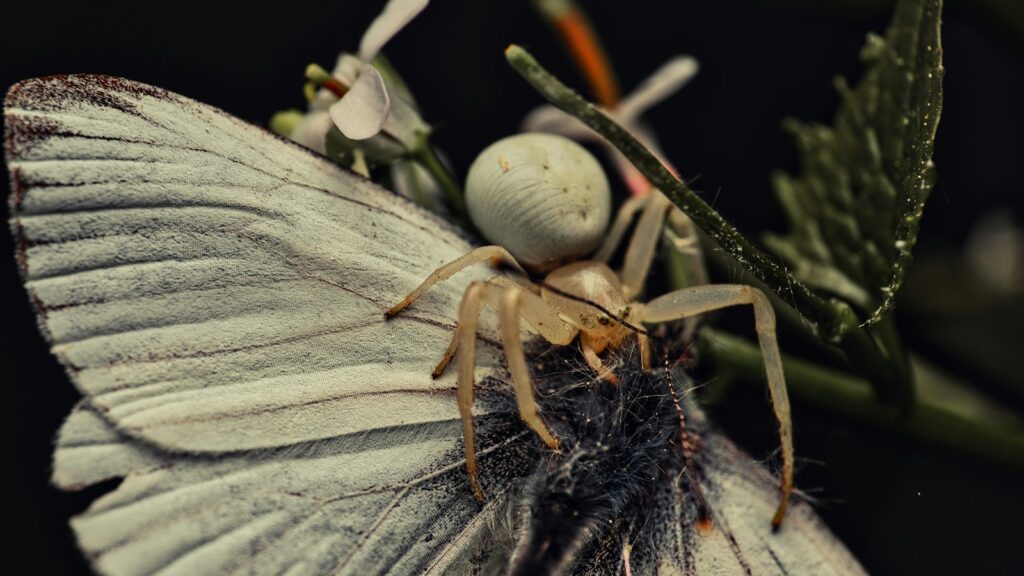
Treatment for necrotic spider bites has evolved considerably, though definitive protocols remain somewhat controversial. Initial management focuses on wound care, including gentle cleaning, elevation, and cold compresses to reduce inflammation. Antihistamines and pain management medications help control symptoms, while antibiotics may be prescribed to prevent secondary infections in the damaged tissue. For severe cases, surgical debridement—the removal of dead tissue—may be necessary once the necrotic area has fully demarcated. In the most extensive cases, skin grafting or reconstructive surgery follows debridement. Experimental treatments include dapsone (which may reduce inflammatory responses), hyperbaric oxygen therapy to promote healing, and specific antivenom therapies, though the latter remain limited in availability and effectiveness for most species.
The Controversy Surrounding Antivenom
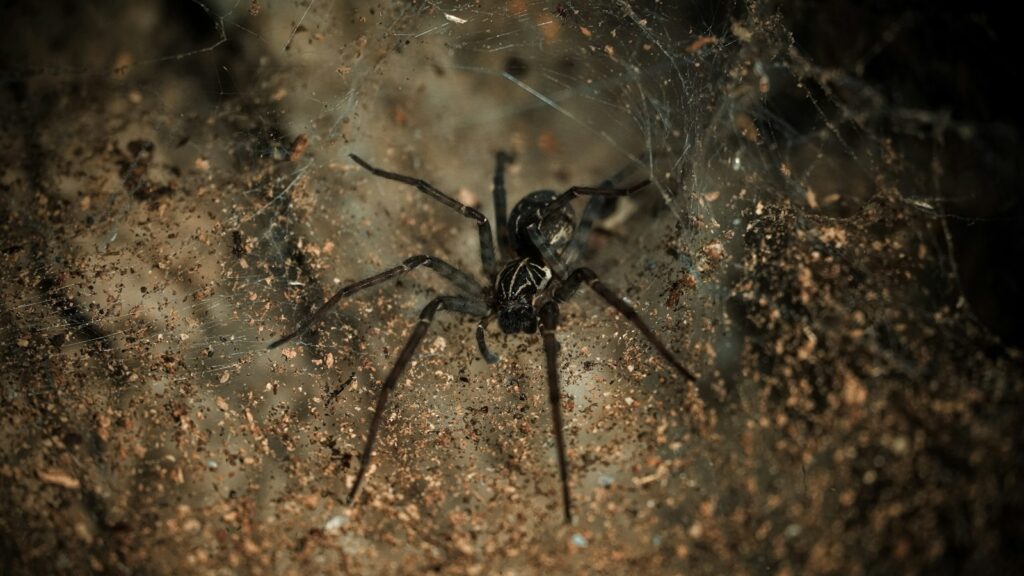
Antivenom development for necrosis-causing spider bites presents unique challenges and remains controversial in medical circles. Unlike neurotoxic venoms where antivenom can rapidly neutralize circulating toxins, tissue damage from necrotic venoms often begins before medical intervention occurs. Brazil has developed antivenom specifically for Loxosceles species that shows promise when administered early, ideally within the first 12 hours post-bite. However, in North America and Europe, specific antivenoms for brown recluse and related species are not commercially available for general use. Clinical trials have shown mixed results, with some studies suggesting benefit primarily for systemic symptoms rather than local tissue damage. The limited window of effectiveness, combined with difficulties in confirming the specific spider species involved, further complicates antivenom utilization as a standard treatment approach.
Geographic Distribution and Environmental Factors

Necrosis-causing spiders have specific geographic distributions that determine risk factors in different regions. The brown recluse primarily inhabits the central and southern United States, particularly in states like Missouri, Kansas, and Oklahoma, though isolated populations exist elsewhere. The Chilean recluse has spread beyond South America to areas of North America and Europe through inadvertent human transport. Environmental factors significantly influence encounter rates, with these spiders typically preferring dark, undisturbed locations such as woodpiles, storage boxes, closets, and abandoned buildings. Climate change may be expanding suitable habitat zones for some species, potentially increasing human encounter rates in previously unaffected regions. Urban development that creates ideal hiding spots near human habitation also contributes to bite incidence in certain areas.
Prevention Strategies and Risk Reduction
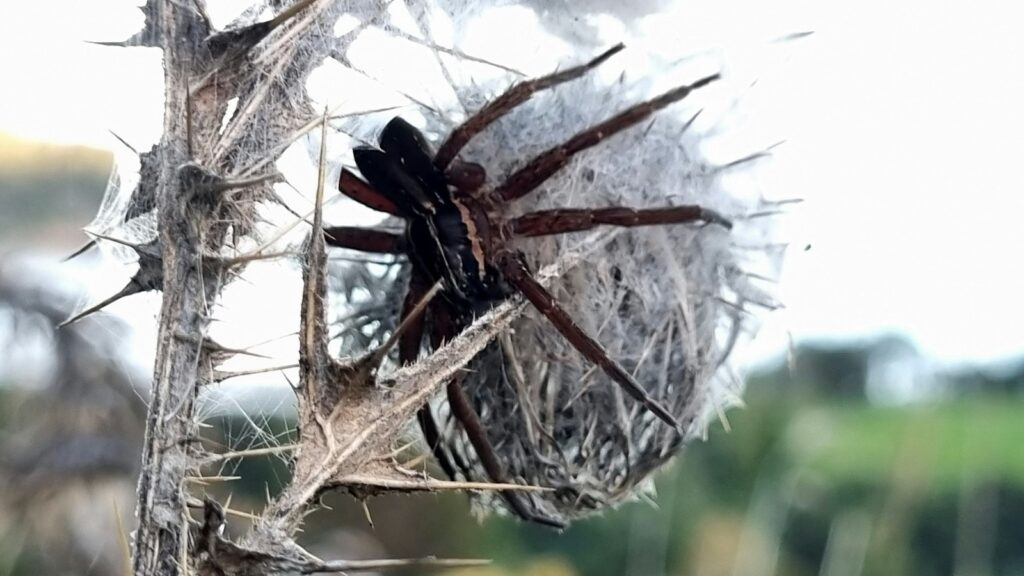
Preventing necrotic spider bites relies primarily on minimizing encounters through environmental management and awareness. Regular cleaning to reduce clutter and eliminate potential hiding spots represents the most effective strategy in affected regions. Sealing cracks and crevices in foundations, installing door sweeps, and using screens on windows helps exclude spiders from living spaces. When working in attics, basements, or storage areas where these spiders commonly reside, wearing long sleeves, gloves, and shaking out stored clothing before wearing provides additional protection. Moving beds away from walls, avoiding leaving clothing on floors, and inspecting bedding in susceptible regions further reduces night-time exposure risk. Professional pest management may be warranted in homes with confirmed infestations, particularly where children or vulnerable individuals reside.
Debunking Myths About Necrotic Spider Bites
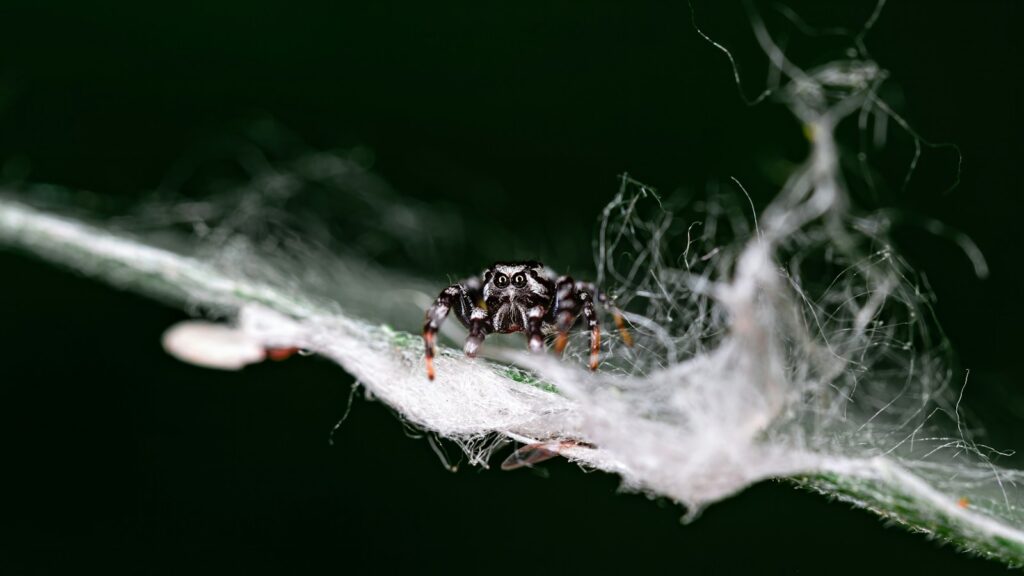
Misinformation about necrotic spider bites abounds, complicating both public understanding and medical treatment. Contrary to popular belief, not all spiders can cause necrotic wounds—in fact, the vast majority cannot. The myth that “daddy long-legs” possess highly toxic venom but cannot bite humans persists despite lacking scientific basis. Many reported “spider bites” occur during sleep, yet most necrosis-causing species rarely climb onto beds or bite unprovoked. White-tailed spiders in Australia were long blamed for necrotic wounds until research definitively demonstrated their venom does not cause tissue death. Perhaps most dangerously, many home remedies like applying heat, cutting the wound, or applying various substances can actually worsen outcomes and should be avoided in favor of prompt medical attention.
The Future of Research and Treatment
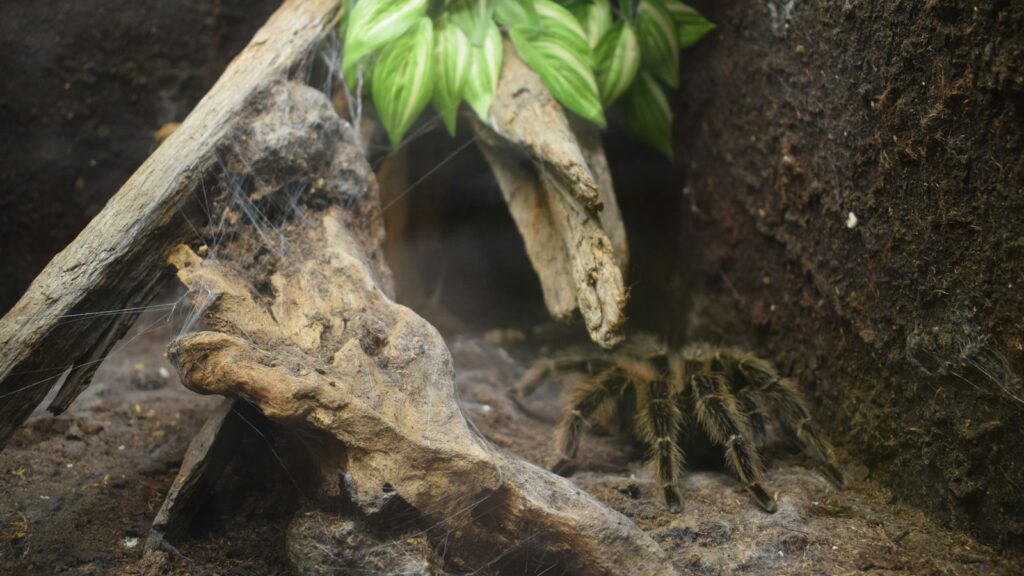
Research into necrotic spider venoms and treatment protocols continues to advance, offering hope for improved outcomes. Scientists are isolating specific venom components to develop targeted treatments that could block the action of tissue-destroying enzymes without broad immunological responses. Improved diagnostic tools, including venom-specific assays, may soon allow medical providers to confirm spider species involvement and guide appropriate treatment more accurately. Research into wound healing technologies, including specialized dressings, growth factors, and even stem cell therapies, shows promise for reducing scarring and improving functional outcomes after severe necrotic injuries. International collaboration has increased, with venom researchers sharing findings across continents to develop comprehensive understanding of these complex toxins and their mechanisms of action.
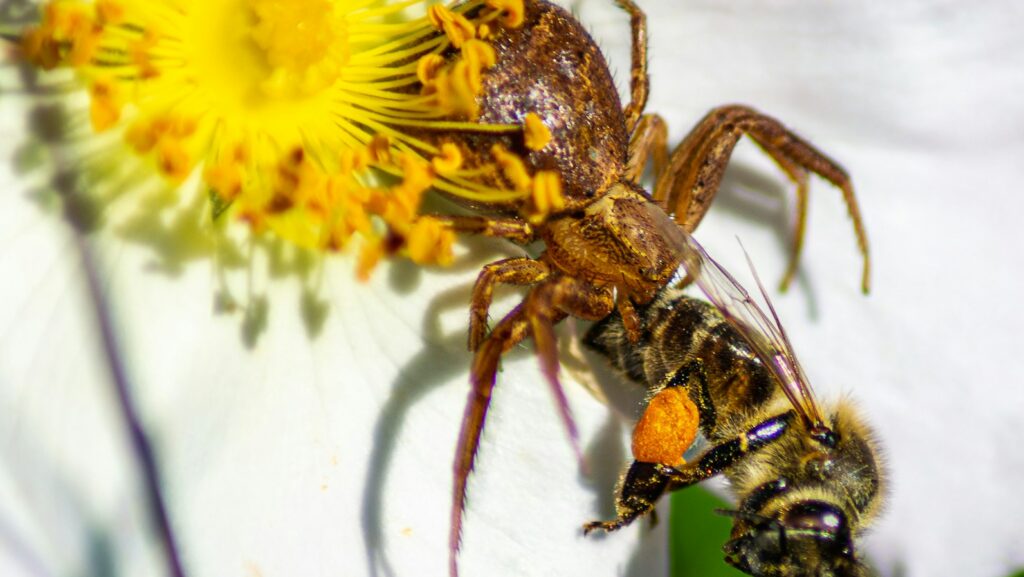
The phenomenon of flesh necrosis from spider bites represents a fascinating intersection of evolutionary biology, toxicology, and medical science. While relatively rare, these injuries can cause significant physical and psychological impact on victims, sometimes resulting in permanent disfigurement or disability. Understanding the specific mechanisms, accurately identifying the responsible species, and implementing evidence-based treatments remain ongoing challenges for researchers and clinicians alike. As science advances, we can hope for more targeted interventions that minimize tissue damage and improve outcomes for those unfortunate enough to experience these remarkable but devastating consequences of our eight-legged neighbors. In the meantime, awareness, prevention, and prompt medical attention remain our best defenses against the tissue-destroying potential of certain spider venoms.
